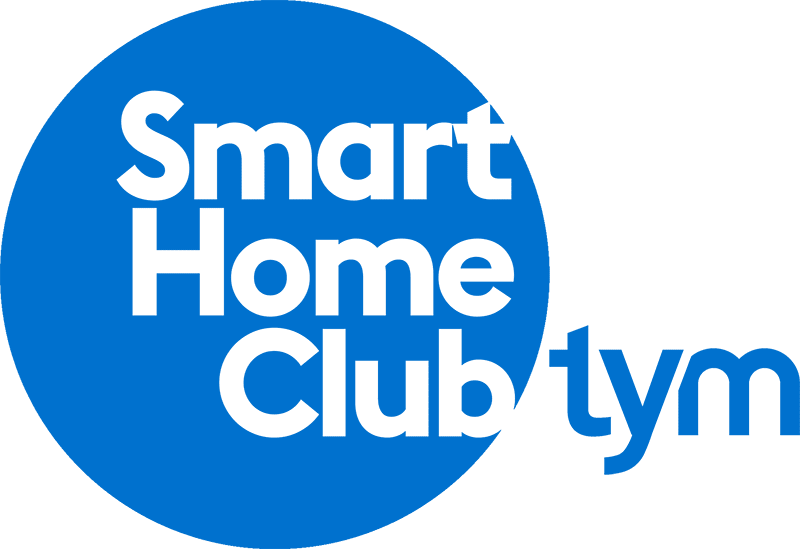If you’re familiar with Smart Homes, than you’ve likely heard of Home Automation. What exactly is it?
An Automated Home is one that acts for itself. Lights turn on and off as you enter and leave rooms, blinds adjust at sunset and sunrise, music comes on when you enter the home, etc. The ultimate goal of the Automated Home, is to have it respond to you as you interact with the home.
Now this isn’t as sophisticated as it sounds. It’s not artificial intelligence — at least not yet. When a programmer sets up an Automated Home, they use ‘Triggers’ and ‘Scenes.’ These triggers and scenes tell the Smart Home how to respond to you. As you start to understand how it all works, it’s actually really simple, but also lots of fun.
What are Home Automation ‘Triggers?’
Trigger is the word I’m using. Depending on the Smart Home Platform, or the programmer, it may be a different word like ‘events,’ but it’s the same idea. A trigger is an action, or an event, that notifies the Smart Home system it’s time to activate a scene. A Smart Home uses a variety of triggers. It can use security sensors, the temperature of your thermostat, the arming state of your alarm, a specific time of day, etc.
Years back, we used HAI’s Security features to have the door sensors trigger scenes. As people walked through a mudroom door, lights would automagically come on. Today’s triggers are getting more sophisticated. Lutron uses wireless Occupancy sensors. These are motion sensors that mount to your ceiling, but they’re designed specifically for lighting control. When a person walks into the room, the occupancy sensor knows and triggers the lights to come on. The occupancy sensor can also detect when there’s been no movement in the room, and trigger the lights to turn off.
Some camera lines come with intelligence on board. One of the things these intelligent Cameras can do is trigger scenes. If you have a pool in the back yard, an intelligent camera can be set up to watch the pool. If a child gets too close to the pool, the camera can trigger lights in the home to blink, or a message to come over the speakers warning you that someone is at the pool gate. Cameras can also be used to trigger scenes based on which car pulls into the driveway. There’s lots of applications.
Companies are currently working on ‘micro-location,’ or methods for using your personal cell phone to monitor where you’re at in the home. This would allow the movement of your cell phone within the home to trigger scenes. We learned one company was working on utilizing Bluetooth technology, already embedded in your phone and devices around the home, to triangulate your location. Whenever we ask the company about it, mums the word. So we’ll wait and see, but you get the idea. There’s some really exciting ways to trigger scenes in your home, and there’s a lot more coming.
What are Home Automation ‘Scenes?’
By now you’re likely beginning to understand Scenes. A Scene is an event in the home that the Smart Home runs. It could be a single Smart Home Device, or a group of Smart Home Devices. This is where Smart Homes start to get fun. One of the popular scene examples is the good morning scene. In this instance the clock acts as the trigger. The specific time you’ve selected triggers the blinds to roll up, and the music to slowly turn up. When you step on the bedroom floor, pressure sensors in the floor trigger the bathroom lights and a pathway of lights to the kitchen to come up 50%. Whichever room you go to first, the lights come up full. That’s pretty cool right?
I often have Clients tell me automation doesn’t really excite them. However, their opinion usually changes after they have it in their hands, and experience it. What you have to realize is that Scenes are very customizable, and very personal. Some clients create ‘mocupancy scenes.’ These are scenes for when you’re on vacation. Lights turn on and off at odd times so that you look like you’re actually home. We have one Client who lives in a two story home on a basement. He got tired of walking from his bedroom to the basement at night to turn things off.
So we programmed his Control4 lights in the Master Bedroom to indicate whether or not the basement is on. A double tap of the master bedroom light switch, shuts off the Basement including his Home Theater and TVs. The light’s indicator changes colors so he knows the Basement successfully turned off.
Are you starting to see what you could do with Home Automation? It’s a lot of fun. If you’re unsure, start by experimenting with a few simple scenes. If you don’t like the scenes, you can always turn them off and try a different scene. Once you find some scenes you like, you can expand. Smart Homes are great, but Home Automation is where the fun really begins.

Named one of Technology Integrator’s Top Talent Under 40, Matt has designed systems for 20 national award-winning projects, including "Home Theater of the Year", and "Custom Smart Home of the Year" from CTA™ (Consumer Technology Association). His ebook “How To Wire Your Smart Home” is a best seller among professionals and DIY-ers alike. He has taken classes with Home Acoustics Alliance (HAA). You can watch Matt share the secrets of his craft on YouTube!
Matt is a Golden State fan.




